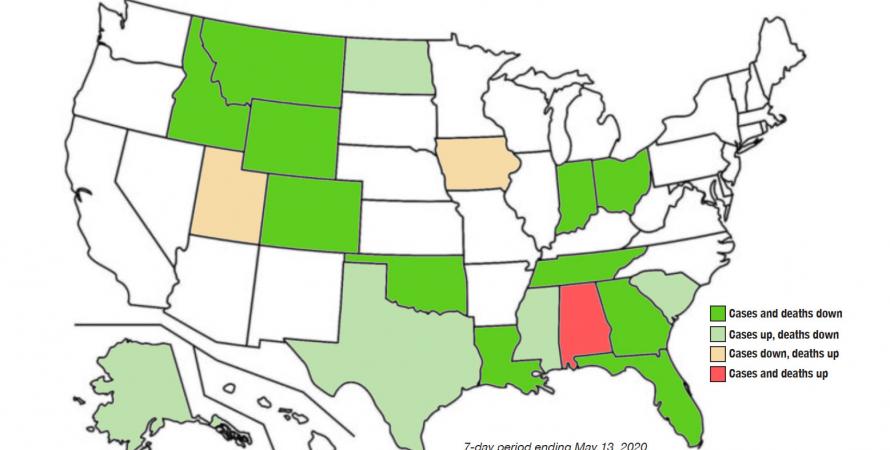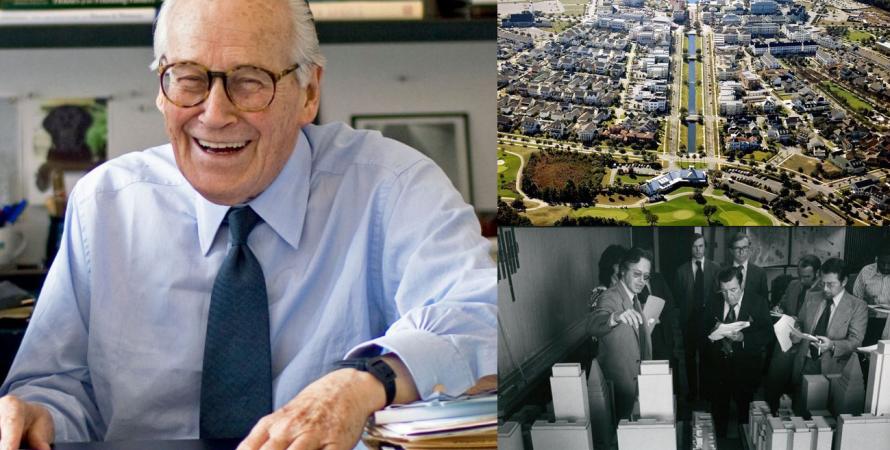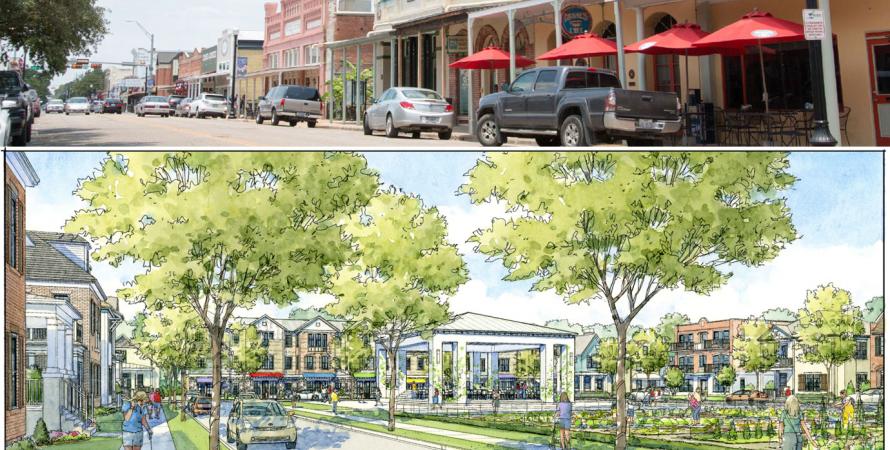-

Neighborhood library elevates civic space
The Cleveland Park Library serves as an inviting beacon of culture for a neighborhood in Washington, DC. The building won a merit award for Perkins Eastman DC in the Block, Street, and Building category of the 2020 CNU Charter Awards.The Cleveland Park Library is a “civic beacon” at the southern end of Cleveland Park’s main street on Connecticut Avenue in Washington, DC. The building, completed in 2018, is contemporary in design, yet it has a timeless quality. It replaces a 1953 facility that had outlived its usefulness. The...Read more -

Good news on the pandemic: State of Coronavirus in America
Cases are down in the face of a big increase in testing. Mortality is also declining. These trends hold in the states that reopened early—as well as in the nation as a whole.This past week has brought excellent news to report in the sixth State of Coronavirus in America (SoCA). Newly identified COVID-19 cases are down nationwide by 16 percent in the 7-day period ending May 13, in the face of another big jump in testing. Mortality is down even more—18 percent—in the...Read more -

Influential urbanist Robertson dies
Jaquelin Robertson, described by The New York Times as a “passionate urbanist,” an influential academic, and one of the designers of Celebration, Florida, died on last Saturday at the age of 87. Together with Alexander Cooper, Robertson formed the architecture and urban design firm Cooper,...Read more -

Bold plan and code map a city's future
The Bastrop, Texas, Building Block Code uses a street grid with the goal of environmental and fiscal sustainability. The plan won a merit award for Simplecity Design in the Emerging Projects category of the 2020 CNU Charter Awards.The new Bastrop Building Block Code (B3) requires a street grid for new development in the growing Texas city of nearly 10,000 residents, located about 30 miles from Austin. Since B3’s adoption in November of 2019, multiple creative and innovative projects have used the code, which was recognized...Read more